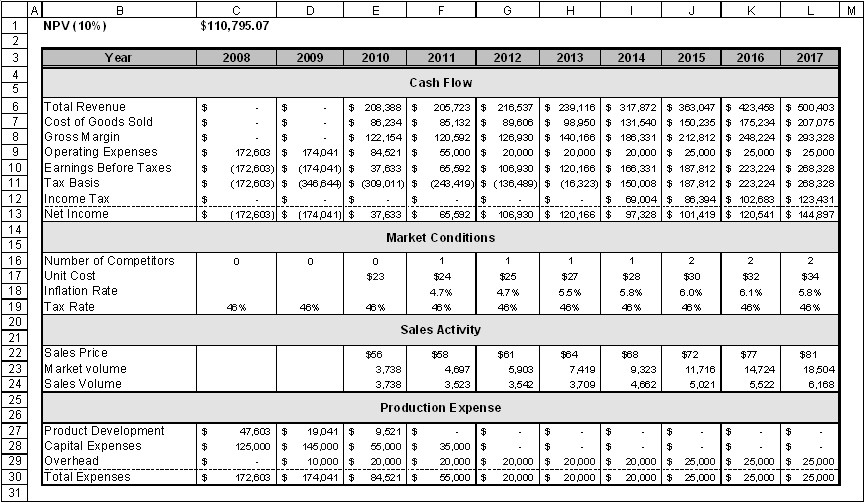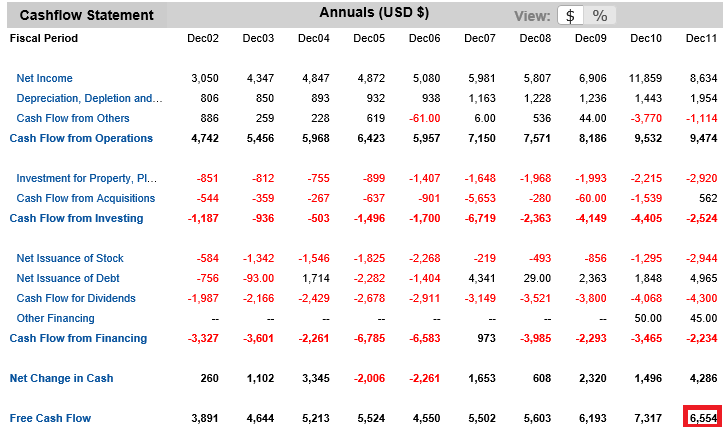Discounted Cash Flows
Post on: 28 Июль, 2015 No Comment

The most successful stock market professionals know concepts and techniques of discounted cash flow at least as well as the alphabet! However, retail investors who have not studied Finance as a formal subject, remain at a disadvantage in terms of finding the best stock market picks. This need not be so, because modern electronic devices make it easy to arrive at figures, for anyone who is familiar with the concepts.
Though the stock market culture pays much overt attention to past achievements and to historical trends. the most knowledgeable experts focus more at examining future projections through judgmental microscopes. The most successful company may suddenly experience a steep fall in its stock price, and dividends can dry up as with a tap! The reverse is equally true, and there are many examples of yesterday’s failures becoming rousing successes in relatively short periods.
The time value of money is central to stock market evaluations of future projections, though most executives prefer to keep such insights to themselves! However, payback remains a crucial consideration, even though it is not discounted. Every stock market investor should consider how long he or she is expected to wait before invested capital is recovered. This is the essence of the price to earnings ratio, or P/E. Corporations never take important decisions on new projects without accounting for the pay back period under different scenarios, and this approach has much merit for the small stock market investor as well.
The net present value or NPV from all projected earnings out of an investment is another central concept in the corridors of corporate power. Large corporations tend to look at cumulative cash flows over a 10 year period, though small stock investors may prefer to consider half that period, or even less. Professionals discount futures receipts at the prevailing bank rate, but stock market investors may like to use higher rates to reflect their existing rates of profitability.

However, it is the Internal Rate of Return or IRR, which is most relevant for small-scale individual moves on the stock market. This technique discounts future cash flows by iterative rates until the cumulative for the investment life approaches zero. This method helps a professional compare various investment options against each other. This has obvious benefits for a stock investor who can choose between seemingly endless companies.
A major hurdle to this essential approach for stock market investing is the paucity of information and disclosure. This does not mean that we should not ask for this information from people who want our funds!














